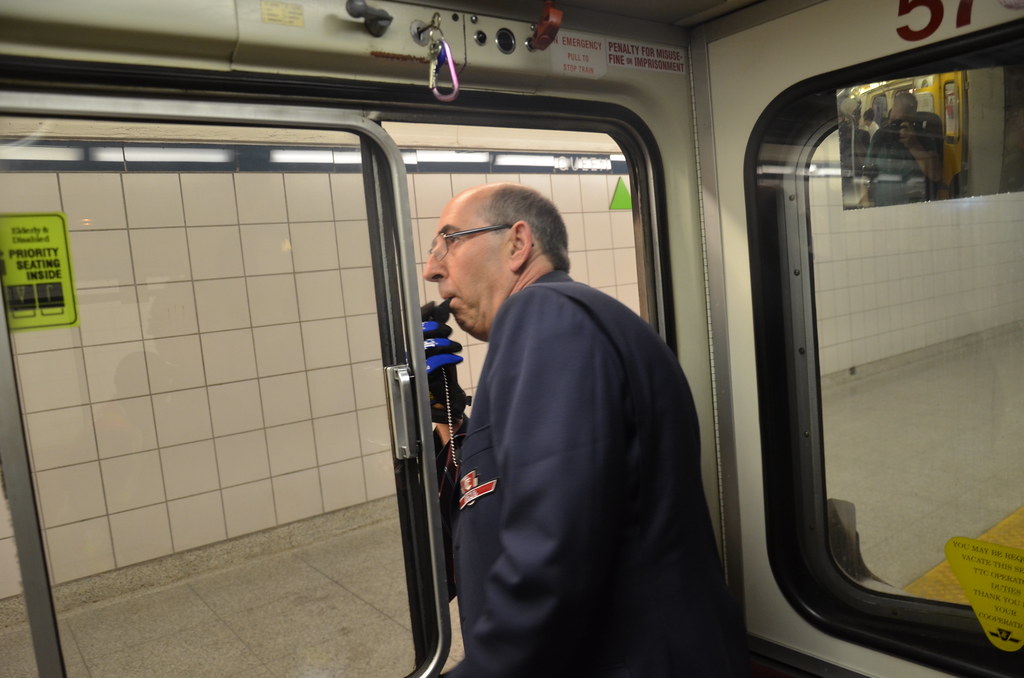One of the many things President Biden was known for during his decades-long run as a U.S. senator was his daily train rides to and from Washington, D.C. Dubbed “Amtrak Joe” by his colleagues, Biden was simply looking to balance his career in D.C. with his family life in Delaware. However, he might have been onto something with these regular public transit trips — giving him a real-world view of how this critical community infrastructure operates.
The public transportation ecosystem consists of complex parts, each with their own unique and region-specific challenges. While local officials debate the best ways to improve their respective transit systems, the truth is that most of them lack a real-world perception of their own local transit systems. This is because most haven’t had to actually catch the bus or train in years, or even decades (unless for a photo opportunity).
The first step to driving long-overdue change to America’s transportation system is getting in on the ground level to understand community needs and common frustrations. In fact, I’d argue it should become law that public officials, especially those serving dense metropolitan areas, must regularly take different modes of public transit.
Take for example, in New York City. The current mayoral race includes a list of high-profile candidates spanning the sphere of politics, and New Yorkers are forced to determine who they can count on to make real changes to improve their city. Transit is an essential slice of the Big Apple pie. However, this requires going beyond having
iconic New Yorkers such as Jerry Seinfeld voice safety messages throughout trains and on platforms. It requires exposing and solving real pain points in the daily NYC transportation experience.
For NYC mayoral candidates and elected officials across the U.S., regularly experiencing the realities of transit riders will enable them to understand the intricacies of transportation systems, build empathy, and emphasize their commitment to improving residents’ lives.
Get a better grasp on the complexities of public transportation systems
From navigating ever-changing schedules and maps to purchasing fares and passes, there’s no denying that public transit is complex. For public officials, taking the time to understand the ins and outs of their local transit system not only enables them to gain fundamental operational knowledge, but it also helps them identify critical areas for improvement — and, if possible, more funding.
Build empathy for local riders that depend on public transit for daily needs
For politicians, driving in a car (or having a driver) is the default transportation experience. However, the number one goal for elected officials is to serve and support the local community. How can politicians effectively do this without being empathetic to the daily experiences, and sometimes struggles, their residents face?
Empathy is a major reason that elected officials should commit to regularly riding public transit. This doesn’t mean scheduled rides where transit operators roll out the red carpet for the mayor and their team. To get the true commuter experience, elected officials must wait in the cold for 15 minutes, only for a fully packed train to arrive and immediately depart the platform. By gaining these real-world experiences, elected officials can make better public funding decisions that support their unique community needs.
Reiterate the importance of public transit and commitment to improving it
Public transportation is a fundamental lifeline for many. It serves a critical link in the chain to economic success, enabling residents to get to work, school, the grocery store and important healthcare appointments. In addition, it’s one of the most public-facing community services that residents directly fund. Therefore, they want to be sure elected officials are putting their dollars to good use.
The very act of elected officials taking public transit signals to the local community that they recognize the importance of these systems and that it is a top priority. It also shows that they are taking the time to understand areas for improvement so they can make the best use of public funds.
From the NYC politicians currently running for mayor, to senators such as Joe Biden that held office for decades, my advice is to truly get embedded in the community. Take the time to understand basic needs and make sure every decision is made with empathy at its core. There’s no better way to start than by taking the bus.






